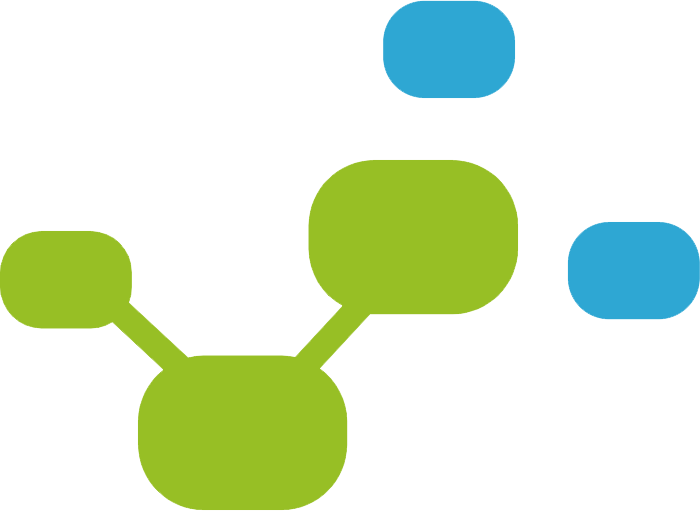AMPERE's Obstacle Detection and Avoidance System (O.D.A.S.) by the use of CAPELLA
The railway industry, including tramway systems, is a remarkable example that can take full benefit of the AMPERE ecosystem, which will be demonstrated in the Florence transportation environment by developing and executing the railway use case. Tramway systems are facing the challenge of autonomous urban transportation systems, considering that tram vehicles operate in a mixed traffic environment with cars, motorcycles, bicycles, and pedestrians. Three tram vehicles operating on Florence tramway lines will be equipped with sensors and related processing devices in order to demonstrate the performance capabilities and the fulfillment of non-functional requirements of the AMPERE ecosystem. Tangibly, Obstacle Detection and Avoidance System (O.D.A.S.) will implement functionalities with different criticality levels in terms of functional safety and strict time constraints due to the real operation conditions with tram vehicles moving in an urban environment with traffic mixed with cars and pedestrians.
O.D.A.S. objectives are:
- Acquire sensors (RADAR, LiDAR, Cameras) raw data;
- Filter and process raw data at sensors outputs;
- Detect obstacles in front of the train, associating information from different sensors and tracking them;
- Provide a visual and sound alarm, to notice the driver of obstacles' presence.
Sensors raw data are merged and fused using Convolutional Neural Networks and a customized Sensor Fusion Algorithm (Figure 1).

System modelling with Capella
Capella is an open-source tool for Model-Based Systems Engineering (MBSE) created by Thales. It provides a graphical language for the description of system architectures encompassing high-level software and hardware aspects. It implements the Arcadia systems engineering method. Arcadia follows an approach structured on different engineering perspectives, from the needs understanding to the solution architectural design.
The Capella workbench can be enhanced or specialized for a given business need, according to the concept of viewpoint. In the context of the AMPERE project, we are working with viewpoints allowing system architects to capture performances properties and requirements of complex real-time embedded systems.
Application to the O.D.A.S. case study
We modelled the O.D.A.S. within Capella, starting at the highest level with missions, capabilities, entities, actors and the relations between them. Figure 2 illustrates such high-level concerns.

Going through successive refinement steps involving functional analysis and detailed scenarios, the design of the O.D.A.S. model ends with a complete and detailed architecture that describes how the system will be developed and built. In particular, we have modeled the O.D.A.S. Non-Functional Requirements (e.g. timing constraints) using a dedicated Capella viewpoint.
Integration with the other AMPERE tools
We will evaluate the O.D.A.S. NFRs using the other parts of the AMPERE toolchain (e.g. schedulability analysis and simulation). In addition, we are investigating the possibility to build a bridge from Capella to Amalthea, a domain-specific language provided by Bosch. Refining Capella models into Amalthea models that would eventually lead to code generation and low-level analysis. The bridge would have to be incremental in order to support the consistent co-evolution of Capella and Amalthea models carried out by different engineers working at their own level of abstraction in parallel.





